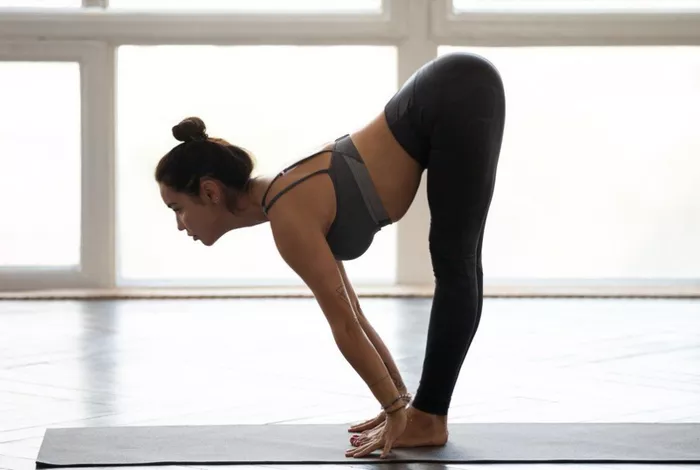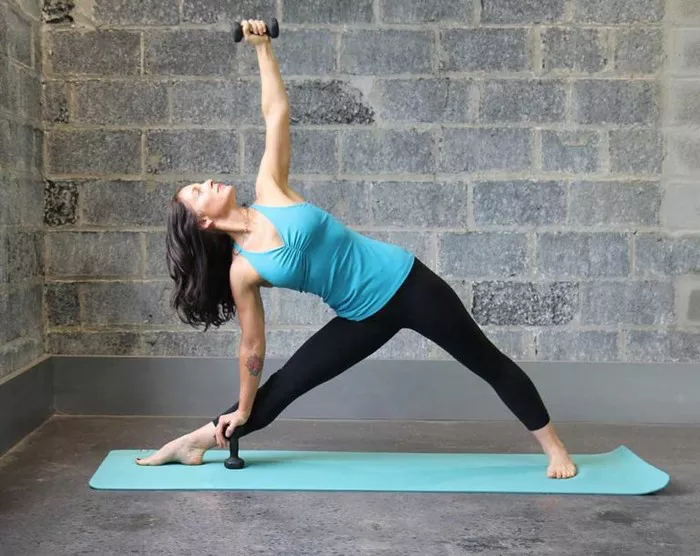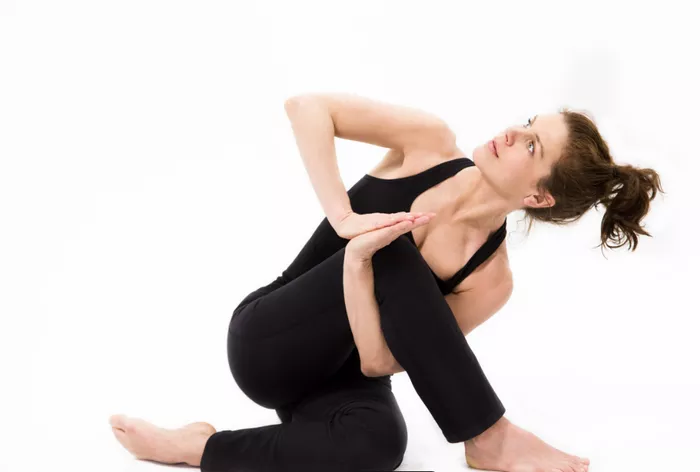In the fast-paced whirlwind of modern life, finding moments of stillness and connection with our inner selves can feel like a luxury. Yet, it is precisely during these moments of quiet introspection that we can tap into our deepest potential and find a sense of harmony and balance amidst the chaos. Kriya Yoga meditation offers a profound path to achieving this state of inner tranquility and self-realization. Rooted in ancient yogic traditions, Kriya Yoga is a powerful practice that combines breath control, meditation, and spiritual techniques to awaken higher consciousness and facilitate personal transformation.
Understanding the Essence of Kriya Yoga
Kriya Yoga traces its roots back to ancient India, where it was first taught by the revered sage Babaji to his disciple Lahiri Mahasaya. It was later popularized in the West by Paramahansa Yogananda, the founder of the Self-Realization Fellowship. At its core, Kriya Yoga is based on the principle that our breath is intimately connected to our state of mind and consciousness. By harnessing the power of the breath, practitioners can purify the mind, awaken dormant energies, and ultimately attain self-realization.
Preparing for Kriya Yoga Meditation
Before diving into the practice of Kriya Yoga meditation, it is essential to create a conducive environment that supports deep relaxation and inner focus. Find a quiet, comfortable space where you won’t be disturbed for the duration of your practice. You may choose to sit on a cushion or chair with your spine comfortably erect, allowing for unrestricted breathing.
Begin by taking a few moments to center yourself and bring your awareness inward. Close your eyes and take several deep, slow breaths, allowing each inhalation to fill you with a sense of peace and calm, and each exhalation to release any tension or stress from your body and mind.
The Technique of Kriya Yoga Meditation
The practice of Kriya Yoga meditation typically involves a series of systematic techniques designed to purify the mind and awaken higher consciousness. While there are various approaches to Kriya Yoga, the following steps offer a foundational practice that can be adapted to suit individual needs:
1. Pranayama (Breath Control): Begin by cultivating awareness of your breath. Take a few moments to observe the natural rhythm of your inhalations and exhalations without trying to control them. Then, gradually begin to lengthen and deepen your breath, allowing each inhalation to be smooth and steady, and each exhalation to be complete and effortless.
2. Ujjayi Pranayama (Victorious Breath): Once you have established a steady breath, begin to incorporate Ujjayi Pranayama, or the Victorious Breath. This involves gently constricting the back of your throat as you breathe, creating a soft, audible sound resembling the ocean waves. This technique not only enhances concentration but also helps to regulate the flow of prana, or life force energy, throughout the body.
3. Kriya Pranayama (Energization Breath): The next step in the practice of Kriya Yoga is Kriya Pranayama, or the Energization Breath. This involves mentally directing the flow of prana to different parts of the body by visualizing a subtle current of energy moving sequentially from one point to another. Begin at the base of the spine and gradually move upward, focusing your awareness on each energy center (chakra) along the way.
4. Dhyana (Meditation): With the body and mind now prepared, transition into the state of Dhyana, or meditation. Choose a focal point for your attention, such as the breath, a mantra (sacred sound), or an image, and gently rest your awareness on it. As thoughts arise, simply observe them without judgment or attachment, and gently guide your focus back to your chosen point of concentration.
5. Pratyahara (Withdrawal of the Senses): As you deepen into meditation, practice Pratyahara, or the withdrawal of the senses, by turning your awareness inward and tuning out external distractions. Allow yourself to become completely absorbed in the present moment, letting go of any attachment to past or future events.
6. Dharana (Focused Concentration): As your meditation deepens, cultivate Dharana, or focused concentration, by directing your attention to a single point with unwavering focus. This may involve visualizing a specific object or repeating a mantra with utmost sincerity and devotion.
7. Samadhi (Union with the Divine): Finally, as you continue to meditate, allow yourself to transcend the boundaries of the ego and merge into the state of Samadhi, or union with the Divine. In this state of profound absorption, the meditator experiences a sense of oneness with all creation, transcending duality and realizing the eternal truth of existence.
Conclusion
Kriya Yoga meditation is not merely a technique but a profound spiritual journey that unfolds gradually over time. As you cultivate a regular practice, you will gradually awaken to the infinite potential that lies dormant within you, transcending the limitations of the ego and realizing your true nature as pure consciousness.
Remember, the key to success in Kriya Yoga meditation lies not in striving or effort but in surrendering to the natural flow of life and allowing the transformative power of the practice to unfold organically. Trust in the wisdom of your inner being and allow yourself to be guided by the light of your own inner truth.
In the words of Paramahansa Yogananda, “Through Kriya Yoga, the yogi is freed from karma or the universal chain of causation. In his daily life, he becomes completely free from any necessity or compulsion to follow the decrees of karma.”
May your journey into the depths of Kriya Yoga meditation be blessed with inner peace, spiritual awakening, and profound self-realization.














